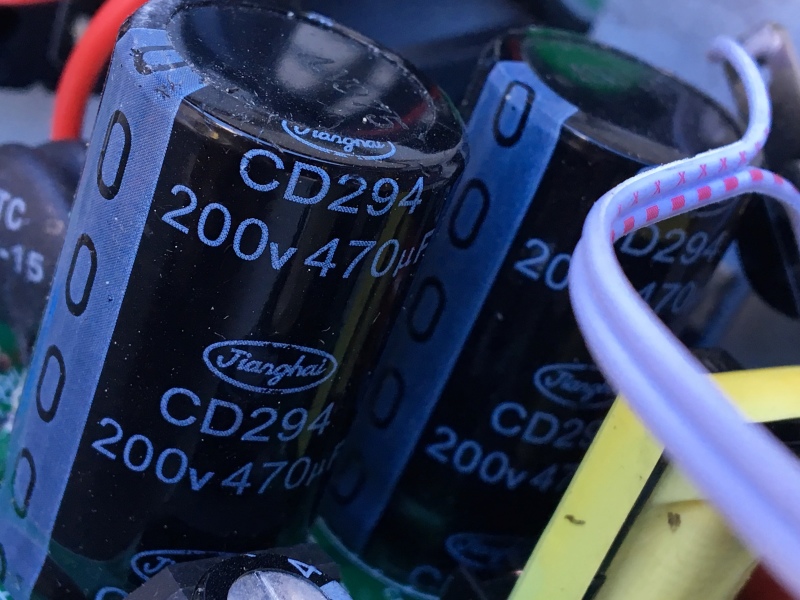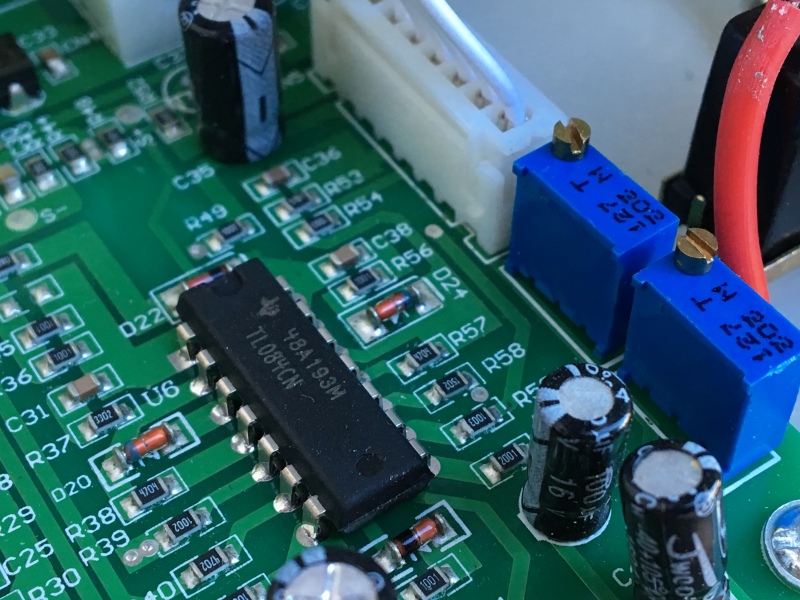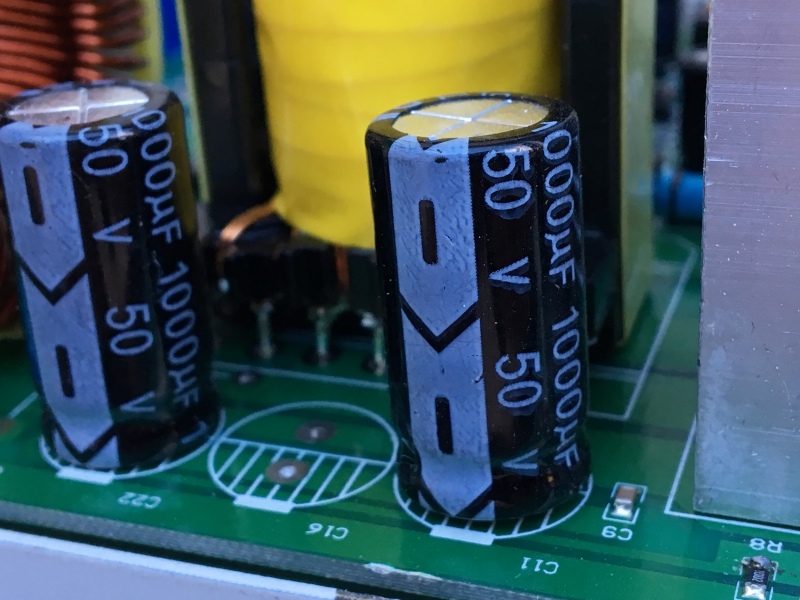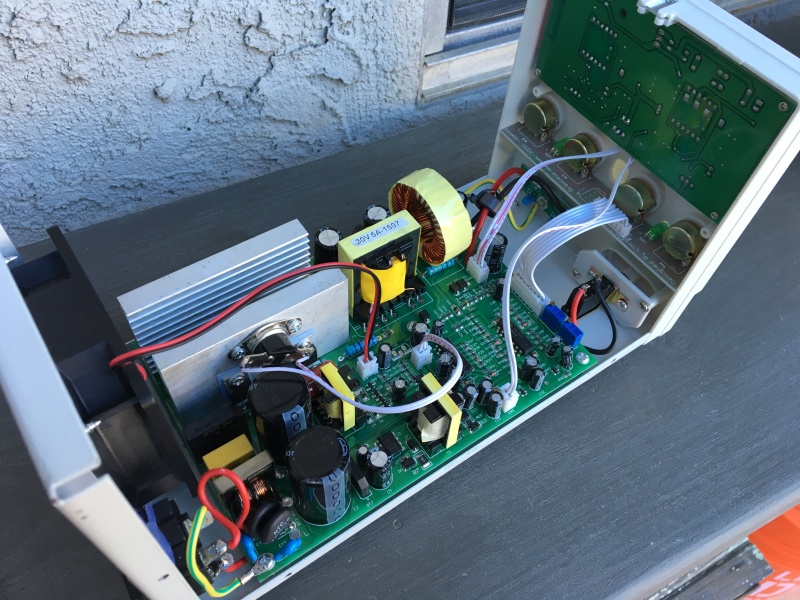-
1
- #1
pmars
Electrical
- Jan 30, 2017
- 10
Does anyone know why both CV and CC LED's are sometimes lit when using my power supply? Scope shows odd waveform whenever this happens. Otherwise, flat line DC, no waveform, everything fine. It usually happens when current limiting knob is just starting to have an effect. Seems like the transition from CV mode to CC mode overlaps and causes a freak out. I can make it go away by over-turning the setting, and then dialing back down. I'm keeping the supply, so looking for a fix... adding a diode or resistor or a left-handed capacitor or some such 
(I'm new here, not sure about including photos but giving it a try)
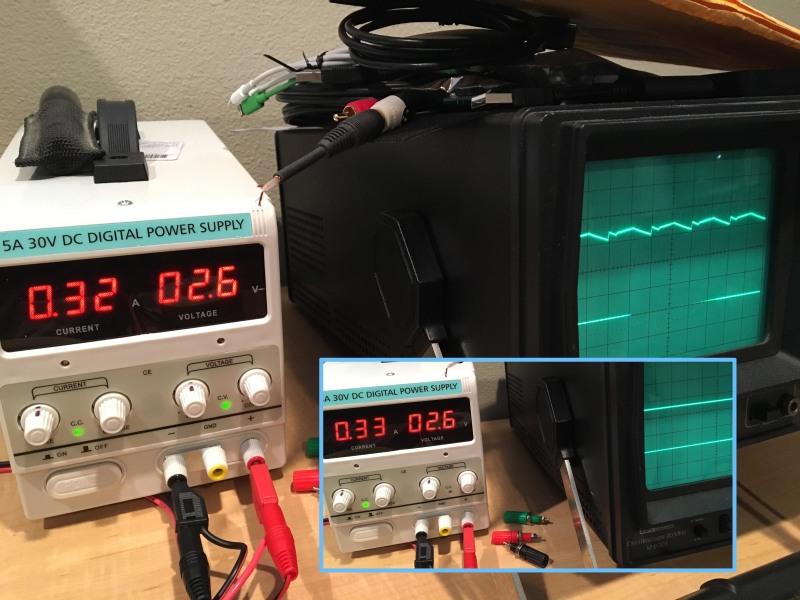
(I'm new here, not sure about including photos but giving it a try)


